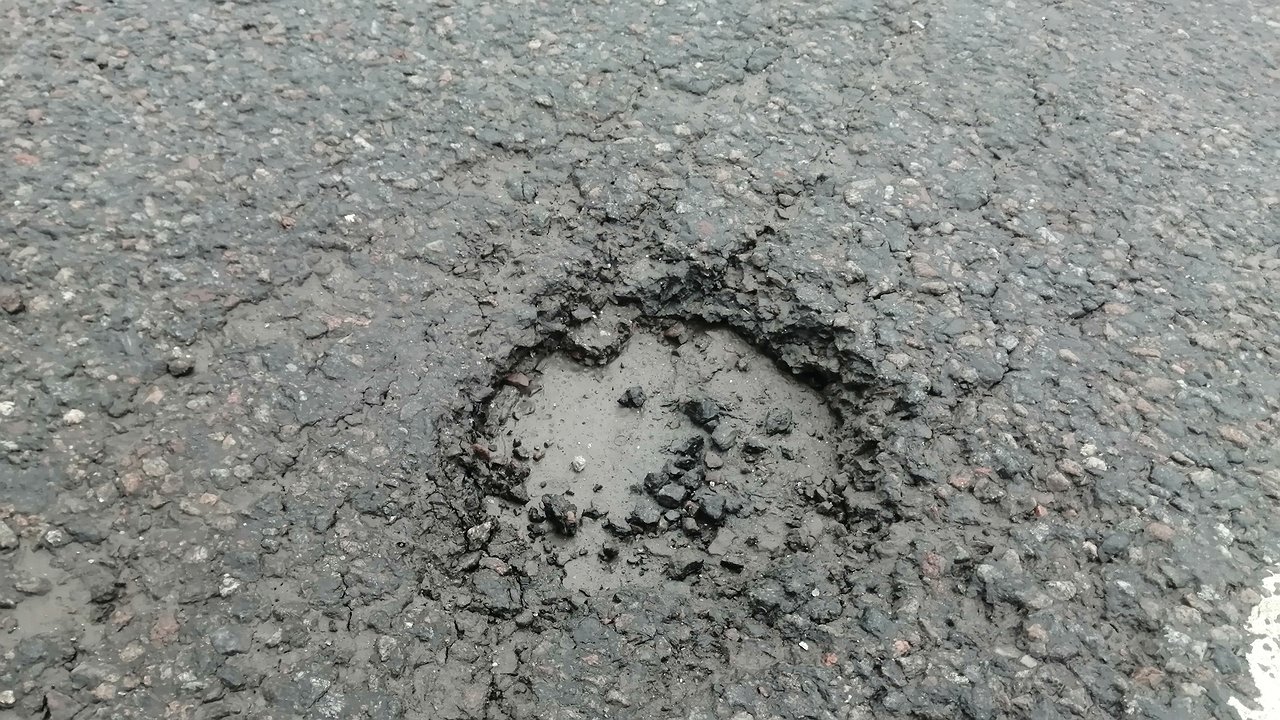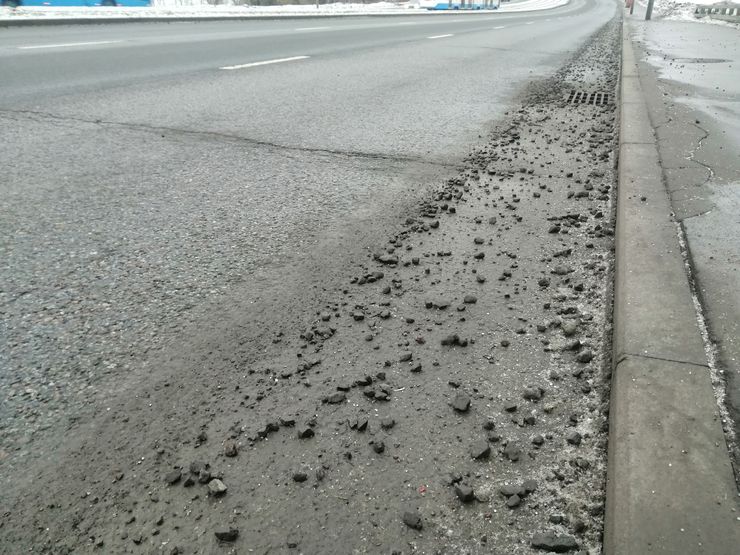Why thaw in winter is unexpectedly dangerous for car windows
- December 26, 2023
- 0
Frost, ice and snowdrifts are not all the problems that await a car owner in winter. Warming temperatures threaten cars with additional “ambushes”. As a rule, car owners














